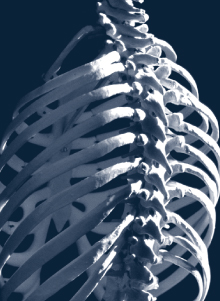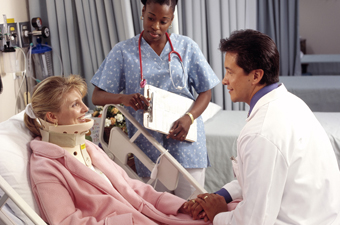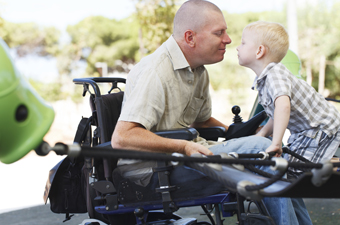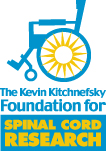Have you or someone you know
suffered a Spinal Cord Injury?
When a catastrophic injury suddenly happens to you, or to someone you love, everything changes. It's incredible how the mind - and the heart - works. Years are quickly narrowed down to days, days to minutes and minutes to seconds. Everything is about the moment, a precious slip of time called NOW.
Priorities get realigned. The world comes into sharp focus as you begin to concentrate on the immediate demands of the situation. Make no mistake about it, spinal cord injuries do not only happen to individuals. They happen to families, to networks of friends and relatives, to groups of friends and colleagues. Injury like this can shatter more than bone.
“Pulling through” this kind of situation puts incredible demands on everyone...physically, emotionally and financially. You find out who your friends are and make new ones along the way. Many decisions must be made concerning a victim’s living arrangements, daily care and exercise, medical needs and more. In many cases, outside nursing support and caregiving are necessary for a family to continue functioning in a healthy manner. There is no cure for SCI and, due to the nature of this type of injury, complications are common.
Rehabilitation for a person with SCI serves three primary purposes. First, it is important to maintain the health and wellbeing of the unaffected areas, to keep them healthy and prevent additional problems from arising in the future, and to allow those strong muscles and tissues to help compensate for the injured areas.
Second, there is a need to exercise the dysfunctional areas, to prevent muscle atrophy from lack of use.
Third, both physical and emotional therapy is necessary to promote a healthy outlook on life and to keep a person’s spirits and hopes as high as possible.
Life with SCI is a daily challenge, but a positive focus on personal priorities can help keep depression at bay. For someone with SCI, as with all people, it is important to stay active and involved…to contribute to society, to the lives of loved ones and to the search for a cure.
If you need help or would like to talk, feel free to call Kevin.
He’ll be happy to lend an ear.





